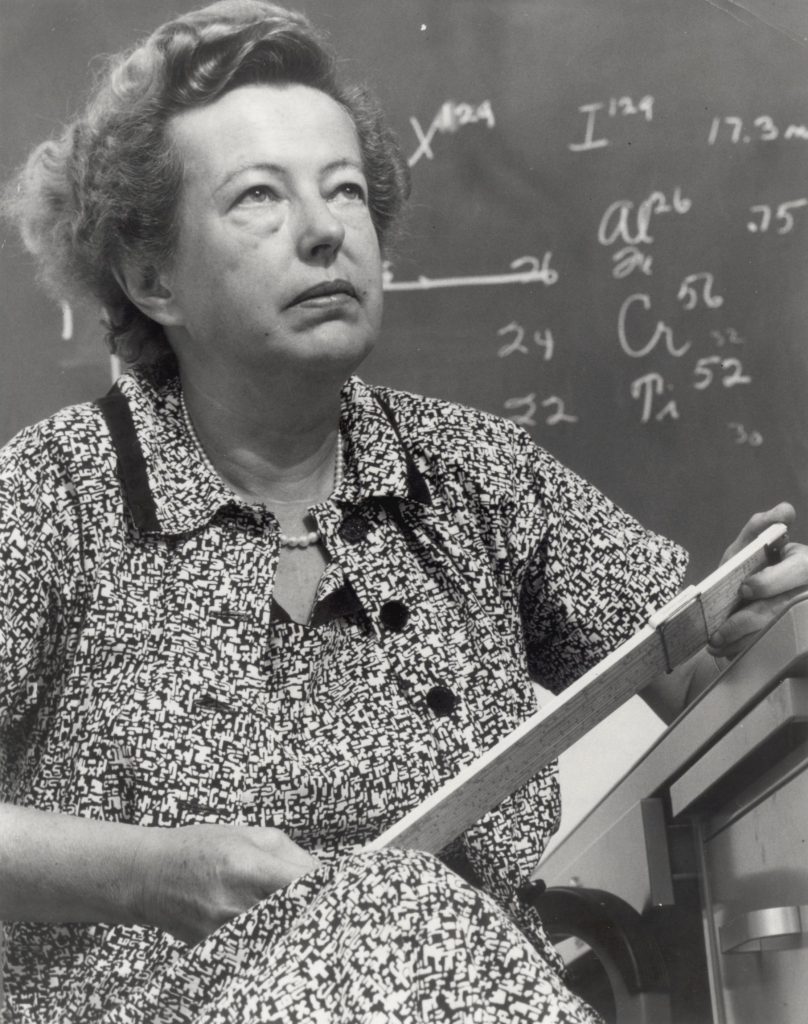Maria Goeppert Mayer (1906-1972) was a German-born American theoretical physicist and 1963 Nobel Prize winner.
Early Life
Goeppert Mayer, whose father was a professor, understood the importance of education. She gained entry to Gottingen University, which was significant for a woman at that time. She originally planned to study mathematics but quickly switched to physics. Top physicists at the university recognized her talent. After completing her Ph.D. thesis and marrying her husband, Joseph Mayer, in 1930, the couple moved to America.
Scientific Contributions
Despite her academic reputation, Goeppert Mayer found difficulty in obtaining teaching positions in both Germany and America. However, she continued to conduct research and published from 1931 to 1939. At this time, she also co-wrote a graduate-level book, Statistical Mechanics, with her husband. The book become a standard text for decades. Goeppert Mayer eventually became a lecturer at Columbia University and a part-time teacher at Sarah Lawrence College.
During the Manhattan Project, Goeppert Mayer worked at Columbia University’s Substitute Alloy Materials (SAM) Laboratory on isotope separation under Harold Urey. There, she researched the chemical and thermodynamic properties of uranium hexaflouride and investigated the possibility of separating isotopes by photochemical reactions. In 1945, she transferred to Los Alamos to work with Edward Teller on the development of the “super” bomb.
After World War II, Goeppert Mayer continued working with Teller at the University of Chicago. She split her time as a volunteer associate professor at the University of Chicago and working part-time job at the Argonne National Laboratory. While in Chicago, she developed a mathematical model for the structure of nuclear shells–the magical numbers for stable configurations. She was awarded the Nobel Prize in Physics in 1963 for her nuclear shell model. Her model was an important discovery in the development of nuclear physics and was a source of many explanations for experimental information.
Information contributed by Ronald K. Smeltzer.





